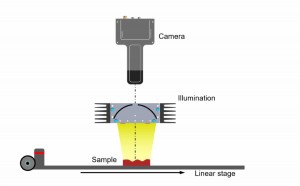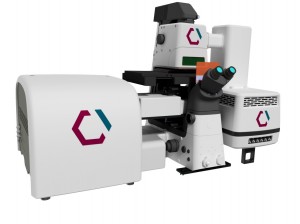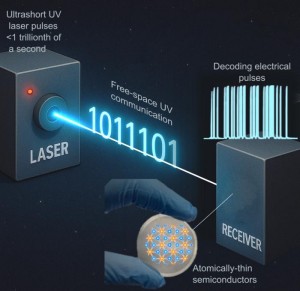
Manufacturers of glass, windows,acrylic plates, and other transparent objects need to inspect their products for cosmetic defects before shipping them out to customers. Small imperfections and scratches are difficult to locate manually on transparent surfaces with the naked eye, making the inspection a job for automated machine vision. Area scan cameras traditionally deployed in machine vision, however, face difficulties detecting non-directional scratches on transparent surfaces, so they miss out on many flaws due to light deflecting back into the camera and making the images unusable.
To make inspection possible, Chromasens has introduced an advanced line scan imaging system optimized for the capture of even the smallest of defects on acrylic windows, glass panels, and similar transparent objects. For this application, Chromasens has integrated its allPIXA wave 15k mono line scan camera, a Myutron XLS05 lens, and a Chromasens Corona II Dark Field LED illuminator capable of brightness up to 3,500,000 lux.
By combing a trilinear CMOS sensor with a line length of up to 15,360 pixels, the Chromasens allPIXA wave 15k mono line scan camera is able to capture highly accurate images of cosmetic defects on transparent surfaces at frequencies topping out at a maximum speed of 47.72 kHz at 850 megapixels per second. Moreover, the camera's wide field of view means a large object can be acquired in one image. Compared to area scan cameras, users would need to capture multiple images of the same object. This makes the Chromasens system more efficient and less time-consuming.
Area Scan vs. Line Scan Sensors
Area scan cameras differ from line scan cameras in that they feature a rectangular-shaped sensor that acquires an image in a single frame, captured in the width and height corresponding to the pixel count on the camera's sensor. Line scan cameras have a single row of pixels. As the name implies, line scan cameras build images pixel line by pixel line, making them ideal for inspecting objects on continuous motion conveyors, inspecting objects of varying sizes, or objects requiring higher resolutions to capture smaller defects.






















 Back to Products
Back to Products



























